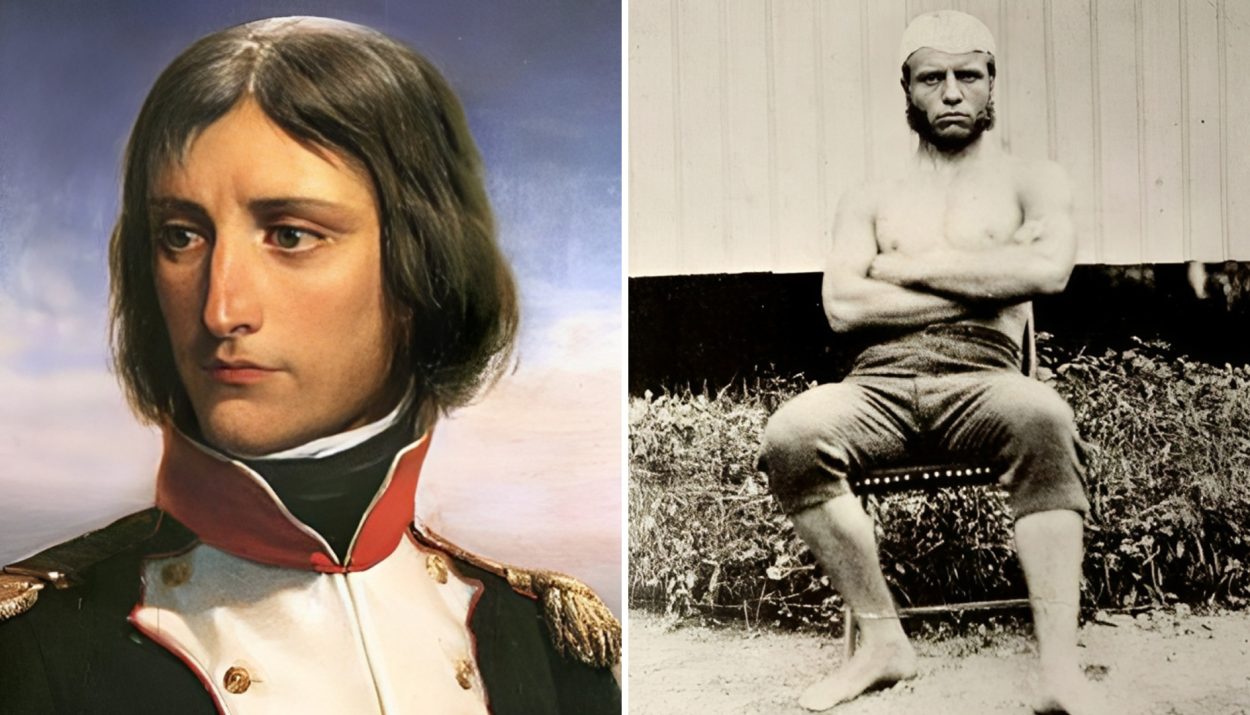It is too bad that our high school history textbooks focused on dates and wars and presidents instead of the really fun, really quirky, really peculiar events of the past. And there were plenty of amazing, horrific, humorous, and mind-blowing historical incidents to choose from.
In this collection, we will share 11 historical facts that you probably didn’t learn in your high school history class but will definitely blow your mind. History was not as boring as you may think. In fact, many of the lessons you were taught in school were rife with errors … and the truth was more interesting than expected. Let’s get started.
1. Napoleon Was Attacked by a Horde of Rabbits
Napoleon Bonaparte, who was born in 1769, rose to prominence as a military and political leader during the French Revolution. His exceptional military prowess and strategic brilliance propelled him to become the Emperor of the French in 1804. Napoleon was brave on the battlefield, but he once fled from a horde of ravenous rabbits. Yes, cute little bunnies!

The famous general once arranged a rabbit hunt for him and his men. But things didn’t go as planned. When Napoleon’s chief officer, Alexandre Berthier, released the 3,000-plus farm-raised rabbits, the fluffy little bunnies charged at Napoleon. The animals associated humans with being fed … and they were hungry! Napoleon was so freaked out by the stampeding bunnies that he ran away and hid in his carriage.
2. History’s Shortest War Lasted 38 Minutes
Despite its name, the Hundred Years War lasted a full 116 years. That’s an incredible amount of time, especially when we compare it to the Anglo-Zanzibar War. This war, which took place on August 27, 1896, lasted only 38 minutes. The conflict pitted the British military, at the height of its empire-building era, and the island nation of Zanzibar.
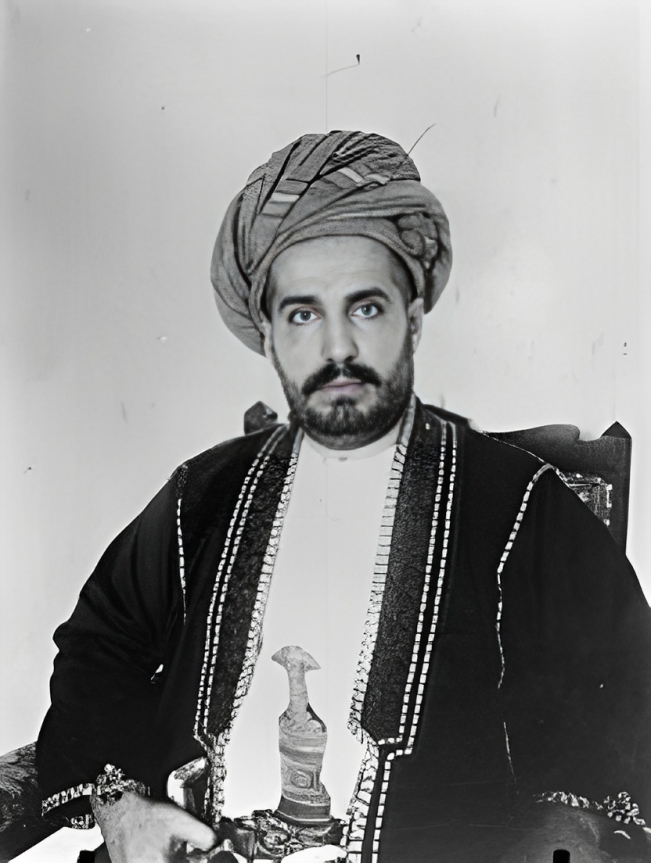
The British rulers in Zanzibar did not approve of the newly crowned sultan and ordered him to step down. The conflict came to a head when the new sultan refused to leave the palace. In the ensuing battle, British warships lobbed bombs at the palace, destroying the sultan’s artillery and collapsing the palace. The fighting was over in 38 minutes, leaving more than 500 Zanzibar soldiers dead and only one British soldier slightly injured.
3. Oxford University Predates the Aztec Empire
Although most of us assume the Aztec Empire was an ancient civilization that existed around the same time as the Ancient Egyptian empire. In reality, however, the Aztecs of Meso-America rose to prominence much later in history. So recent, in fact, that England’s Oxford University was already well established by the time the Aztecs rose to power.

While the exact founding date of the Aztec civilization is not precisely known, their rise to prominence is commonly associated with the founding of their capital city, Tenochtitlan, in 1325. The empire thrived until 1521 when Hernan Cortes and the Spanish conquistadors captured Tenochtitlan. Oxford University, one of the world’s oldest universities, can trace its roots back to 1096 when a group of scholars settled in Oxford.
4. The Only WWII Casualties on U.S. Soil Were a Picnickers in Oregon
Remember that Hawaii was not a U.S. state when the Japanese bombed Pearl Harbor in 1941. Technically, the victims of this attack did not die on U.S. soil. The only WWII casualties on U.S. soil took place in the Fremont National Forest in Oregon on May 5, 1945. Japan had launched a series of balloon bombs and sent them floating toward the United States. Most did not make it across the ocean.

Reverend Archie Mitchell, his young pregnant wife, Elsie, and five of their Sunday School students were on a picnic when the children spotted one of the balloons in the woods. They were investigating the balloon when it suddenly exploded, killing all the students and Elsie.
5. Teddy Roosevelt Kept a White House Boxing Injury Under Wraps
Theodore Roosevelt, the 26th president of the United States, loved sports and was particularly fond of boxing. Against the better judgment of his second wife and his cabinet members, Roosevelt often sparred with a fellow amateur boxer. During one bout in the early 1900s, Roosevelt’s partner landed a blow that blinded the president in one eye.
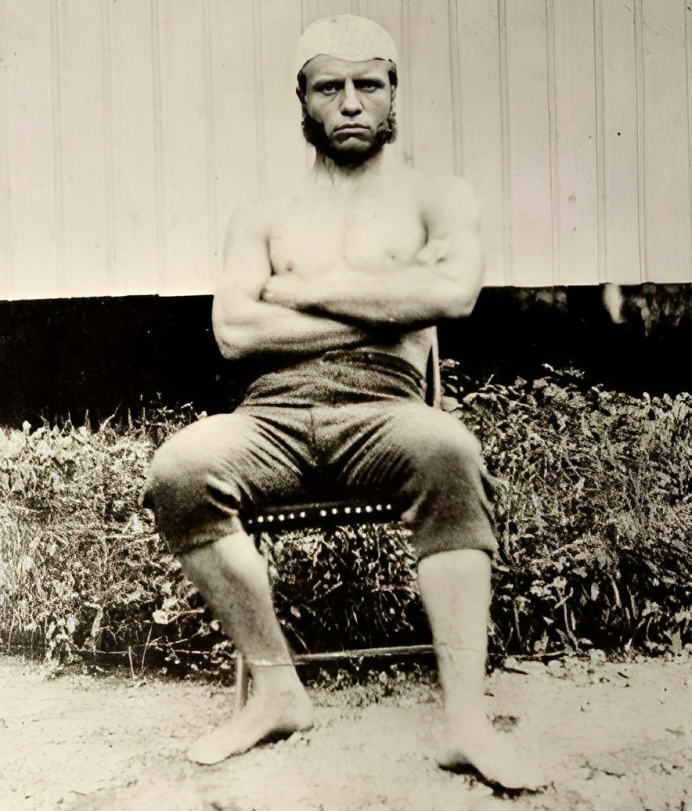
Roosevelt, however, kept the injury under wraps. Only his physician, his wife, and a couple of his closest friends knew that the president was blind in one eye. Even his sparring partner was left in the dark. He didn’t learn about the injury until about 15 years later. Roosevelt never disclosed the name of the man whose punch blinded him, but we now know he was Dan Tyler Moore, the cousin of Roosevelt’s second wife.
6. Paul Revere Was Bested by a Teenage Girl
One of the best loved tales from the American Revolutionary War is the story of Paul Revere who famously rode on horseback through the Massachusetts countryside late at night to alert the Minute Men of the approaching British. During his midnight ride, Revere was captured and detained by the British for several hours.

What isn’t as widely known is the fact that Sybil Ludington, a 16-year-old girl, also rode her horse into the night to muster the local militia after the Red Coats attacked Danbury, Connecticut. Sybil rode more than 40 miles in a single night … twice as long as Paul Revere … and she managed to complete her mission without getting captured.
7. Alexander the Great Was Buried Alive
Alexander the Great fell suddenly ill and died in June 323 BC when he was just 32 years old. A few reports of his final days offer modern medical experts the opportunity to speculate on the untimely death of the formidable military commander and they have come to a horrifying conclusion – Alexander the Great may have been buried alive.
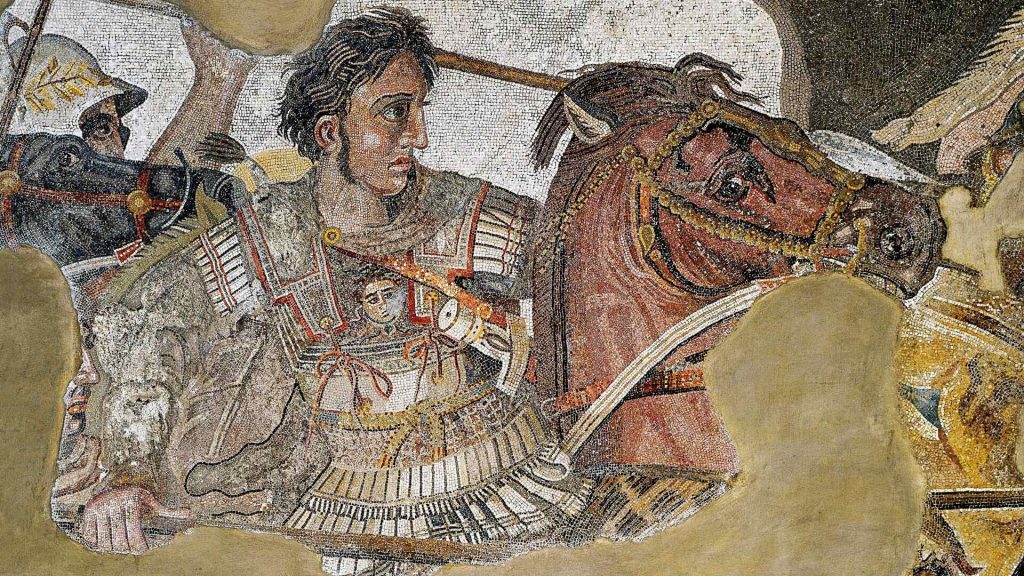
The reports mention that Alexander suffered from fever and pain, then paralysis. It is now believed that he had Guillain-Barre Syndrome, a neurological disorder that caused him to lapse into a deep coma. The reports also note that Alexander’s body lay in state for six days before it was buried and had not begun to decompose. It is likely he was still alive during this time … and buried alive.
8. A Dog Earned a WWII Medal for Peeing on a Bomb
Allied forces often used dogs in military campaigns during World War II, but even civilian dogs stepped up to do their part for the war effort. One of these pooches was Juiana, a Great Dane living in London. During 1940 and 1941, the Germans engaged in the “Blitzkrieg” against Great Britain, dropping incendiary bombs on London.

In April 1941, one of these bombs crashed through the roof of the home belonging to Juliana’s owner. The bomb ignited and threatened to burn down the house. But Juliana sprang into action. She stood over the device and urinated on it, extinguishing the flames. For her heroic actions, Juliana was awarded the Blue Cross Medal.
9. The U.S. Government Killed Thousands of Americans with Poisoned Alcohol
During the Prohibition Era, from 1920 to 1933, when the production and sale of alcoholic beverages were banned, bootleggers and speakeasies turned to industrial alcohol, often used in paints and solvents, to produce illegal alcoholic drinks. In response, the U.S. government, under the Bureau of Prohibition, mandated the addition of toxic chemicals to industrial alcohol to deter its consumption.
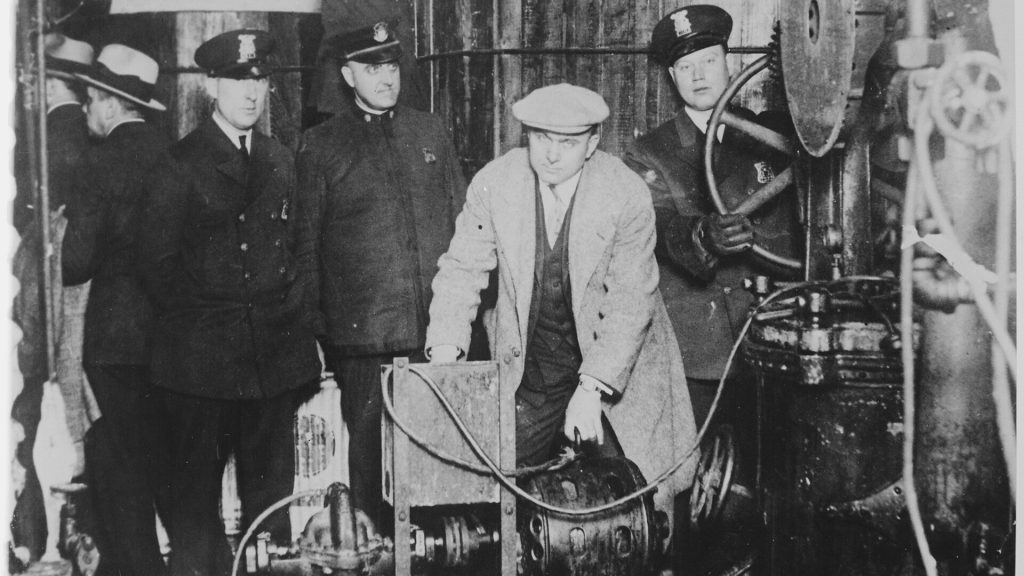
Substances like methyl alcohol, a highly toxic and potentially lethal form of alcohol, were mixed in to discourage people from drinking industrial alcohol. Unfortunately, this strategy had devastating consequences. Between 5,000 and 10,000 people were killed and many more were blinded as a result of drinking intentionally poisoned alcohol.
10. There Really Was a Mary Who Had a Little Lamb
A common and well-known nursery rhyme, “Mary Had a Little Lamb,” was actually based on a real girl and a real event. In 1817, eleven-year-old Mary Sawyer so loved her little pet lamb that her older brother suggested she take the animal to school with her. So she did!

The novelty of a lamb in the schoolhouse caused quite a disruption, as the students forgot their studies to play with the adorable animal. A visiting scholar stopped by the school that morning and was charmed by the sweet spectacle. He shared the story with several people, including writer Sarah Josepha Hale who published the nursery rhyme in 1830.
11. The CIA Had Spy Cats
The Acoustic Kitty program was a secretive and unconventional espionage project undertaken by the United States Central Intelligence Agency during the 1960s in an attempt to use cats as covert listening devices. The project involved surgically implanting microphones, antennae, and batteries into the bodies of cats, with the intention of turning them into mobile surveillance devices.

The first known test mission took place in the late 1960s when a specially trained cat was released near the Soviet Embassy in Washington, D.C. Unfortunately, the project proved to be a spectacular failure as the test cat was struck and killed by a taxi after release. The Acoustic Kitty program was officially abandoned in the 1970s when the CIA realized that cats do what they want.

